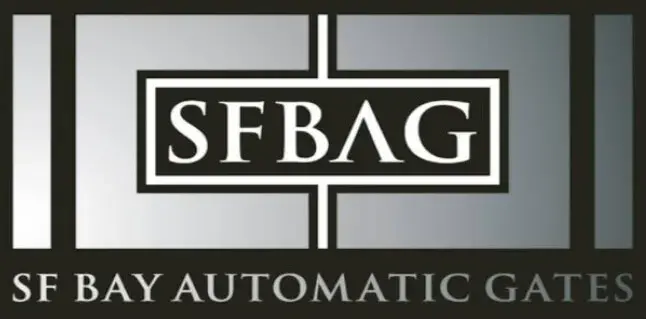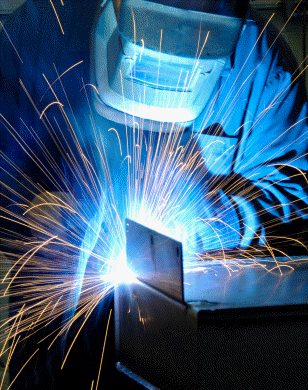Consider the predicament of a suburban homeowner, whose once grand entranceway has been compromised by a rusting driveway gate. Over time, the harsh elements have taken their toll on this previously imposing barrier, leaving it not only visually unappealing but also functionally impaired.
Rust and decay have transformed what was a significant symbol of security and status into an easily breached point of vulnerability. This scenario is all too common, as many homeowners may inadvertently neglect the long-term maintenance needs of their outdoor fixtures.
Addressing these issues requires more than just cosmetic touch-ups; it involves implementing comprehensive repair strategies that ensure both aesthetic appeal and structural integrity. After all, an entry barrier serves as more than just an ornament; it represents a property’s first line of defence against potential intruders while signalling to guests where one’s private domain begins.
Therefore, understanding how to revitalize such crucial components can prove valuable for homeowners striving to maintain their sense of safety and exclusivity. This article aims to provide practical insights into diagnosing problems with driveway gates and applying effective do-it-yourself solutions for long-lasting repairs.
Identifying the Issues with Your Entry Barrier
Discerning the malfunctions in one’s entry barrier necessitates a meticulous examination, akin to a detective scrutinizing clues at a crime scene.
The process begins with an extensive visual inspection, noting any signs of visible damage such as rust spots, broken hinges or loose screws. Additionally, it is essential to observe the operational behavior of the gate, paying particular attention to its opening and closing mechanism which often harbors hidden problems. This stage may reveal issues like misalignment due to faulty installation or wear and tear over time. Even minor deviations from standard operation can signify underlying complications that could compromise the security and functionality of the entrance.
Complementary to visual observation are auditory inspections; listening for unusual sounds during operation can lead to early detection of issues such as grinding noises due to friction or squeaking from lack of lubrication. Furthermore, technology has revolutionized gate repair diagnostics by introducing tools that facilitate non-invasive investigations into deeper structural problems. For instance, infrared imaging is employed in detecting internal corrosion not visible on the surface while acoustic emission testing helps identify stress points within gate repair materials.
By combining these methods with traditional techniques in a holistic evaluation approach, owners can ensure their entry barriers remain robust against all odds and maintain their rightful place in securing properties across diverse landscapes.
Implementing DIY Solutions for a Stronger Entrance Barrier
Implementing do-it-yourself solutions can significantly enhance the strength and durability of an entrance barrier, ensuring its longevity and functionality. These strategies are not only cost-effective but also instill a sense of pride in the accomplishment of hands-on tasks.
From simple maintenance practices such as regular cleaning to prevent rust buildup, to more complex tasks like installing reinforcement hardware for added stability, these methods can help preserve the integrity of driveway gates. Lubricating hinges regularly prevents friction that might lead to wear and tear while inspecting gate parts periodically aids in identifying potential problems before they escalate.
Moreover, these strategies foster a community spirit among property owners who share similar interests in maintaining their homes. It creates opportunities for knowledge exchange, where individuals learn from each other’s experiences, tips, and tricks about gate repair procedures or preferred tools and materials.
Properly executed DIY repairs not only safeguard one’s home but also foster social connections within the neighborhood through shared experiences and common goals. Thus, implementing DIY solutions serves dual purposes: fortifying physical barriers while subtly strengthening ties within a community.

